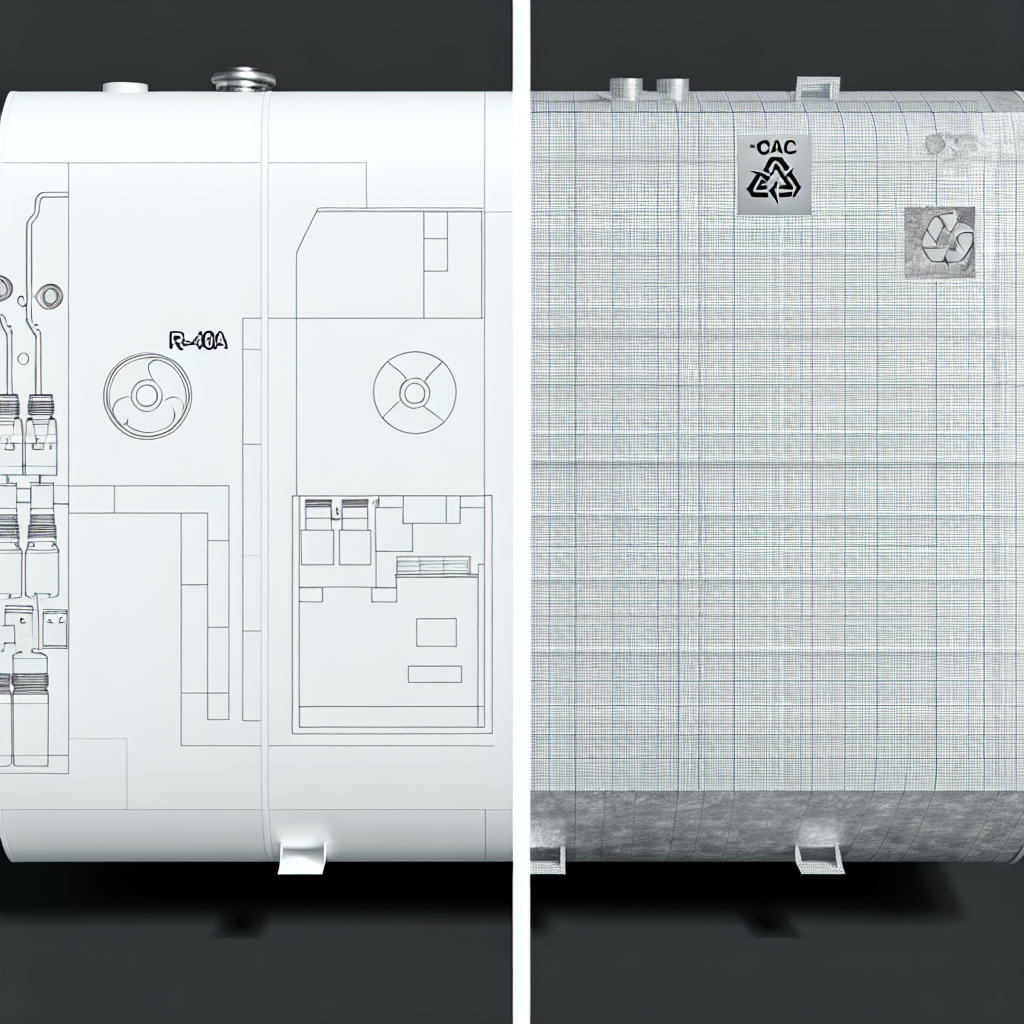
R-410A vs R-454B: Navigating the Future of Refrigerants in 2025
As we step further into 2025, the landscape of HVAC refrigerants is undergoing a significant transformation. With environmental concerns and efficiency at the forefront, the comparison between R-410A and R-454B has become a hot topic. Whether you’re an HVAC pro or just keen on greener solutions, understanding these differences is crucial.
Key Differences and Similarities Between R-410A and R-454B
Global Warming Potential (GWP)
One of the most significant environmental considerations is the Global Warming Potential. R-410A has a GWP of 2,088, while R-454B boasts a much lower GWP of 466, making it roughly one-fifth as impactful as R-410A.
Ozone Depletion Potential (ODP)
Both R-410A and R-454B are kind to the ozone layer with a zero ODP, ensuring they don’t contribute to ozone depletion.
Performance and Efficiency
Cooling Performance
R-454B not only matches but can exceed the cooling performance of R-410A, offering up to 5% improved energy efficiency, depending on the system design and conditions.
Operating Pressures and Temperatures
Operating at lower pressures (673.9 psig) compared to R-410A’s 711 psig, R-454B is more efficient and puts less stress on compressors.
Compressor Reliability
The lower discharge temperatures and pressures with R-454B lead to reduced stress, enhancing compressor lifespan compared to alternatives like R-32.
Safety and System Compatibility
Flammability Classification
R-410A is nonflammable (A1), whereas R-454B is classified as mildly flammable (A2L). This classification is important for system compatibility and safety considerations.
System Compatibility
R-454B is compatible with existing POE lubricants and can be used in systems designed for R-410A, although it cannot be retrofitted into existing R-410A or R-22 systems due to its flammable nature.
- R-454B requires 5-10% less refrigerant charge than R-410A.
Conclusion
The shift from R-410A to R-454B represents a significant move towards sustainability in HVAC systems, offering lower environmental impact and improved efficiency. As the industry adapts, staying informed on these changes is essential for future-proofing your systems.
Ready to upgrade your HVAC systems with the latest in refrigerant technology? Contact us today to learn more about implementing R-454B in your solutions!
FAQs: R-410A vs R-454B
Why is R-454B considered more environmentally friendly than R-410A? R-454B has a significantly lower GWP, reducing its impact on global warming.
Can R-454B be used in existing R-410A systems? No, due to its mild flammability, R-454B cannot be retrofitted into existing R-410A systems.
What are the main benefits of switching to R-454B? Improved energy efficiency, lower environmental impact, and enhanced system reliability are key benefits.

